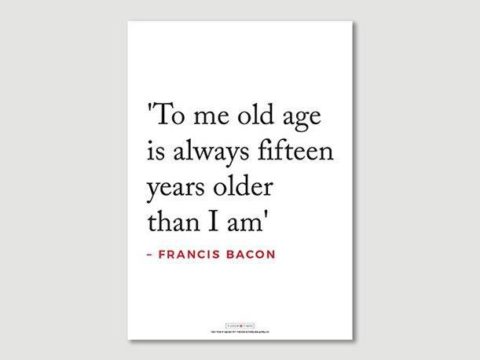Arbella Stuart: Life Story
Chapter 10 : Discovery
Unlike his predecessor, Elizabeth I, James encouraged marriage. He would occasionally intervene for couples who married against their parents’ wishes, and he explained the duties (as he saw them) of spouses in the book on government that he write for his son, the Basilikon Doron. Perhaps Arbella thought that, presented with a fait accompli, and a match which was, in itself, suitable, he would relent. However, she had missed her mark. She would have been better advised to consider the example of James’s reaction to the marriage of Penelope Devereux to Lord Mountjoy, after it had been forbidden. He was furious, focusing on their disobedience to his express commands, and ordered their immediate separation, although there was considerable sympathy for them amongst his councillors. Seymour was dispatched to the Tower and Arbella was confined with two of her gentlewomen to house arrest in Lambeth, in the care of Sir Thomas Parry, Chancellor of the Duchy of Lancaster, while two of her servants were sent to the Marshalsea.
Arbella was always a careful mistress to her servants, many of whom served her devotedly their whole lives and she was concerned to ensure their welfare, writing to the Shrewsburys to make arrangements for them. On her own behalf, she requested her cousin, Lady Jean Drummond, to ask Queen Anne to intercede for the couple, but despite Anne’s efforts, James was not to be mollified. He did not formally invoke the legislation of Henry VIII or Elizabeth’s reign, making marriage to a member of the royal family without consent, treason, nevertheless both parties were treated as criminals. Arbella was aware of the queen’s efforts, as Anne had sent her a gift, to which she responded with a letter of thanks and a pair of embroidered gloves, worked by herself, which were intended to symbolise Arbella’s desire to kiss the royal hands in gratitude.
Arbella once again used her education and legal knowledge to defend her position, writing a long letter to James, explaining why she believed she was innocent of fault. Cecil admired the letter, and was clearly convinced of her arguments, saying that, in his opinion ‘it would tax all parliaments to draw up a answer which would correspond to the arguments and eloquence of the petition.’ The king, however, was less impressed. He was even more furious when it appeared that Arbella might be pregnant – her body had swollen, and her waiting-woman thought that there was no reason that she would not have conceived in the few brief weeks that she and William had snatched together. Modern scholarship believes that the swelling, which ended in ‘an issue of blood’ might just as easily been a symptom of porphyria. Arbella continued to bombard James with letters, but to no effect.
Despite support for the couple from the queen, Prince Henry, and Cecil, James would not relent. She wrote to William in the Tower, expressing sorrow that he had not written to her recently, but expressing her love for him, and desire to be by his side. Given the open and frank nature of much of Arbella’s correspondence, there is no reason to doubt her sincere affection for William – he was her husband and it was her duty to love him.
In 1611, Arbella was informed that William was to be confined to the Tower for life, and that she was to be sent to Durham, to the custody of the bishop, William James. Arbella was horrified, complaining that Durham was ‘clean out of this world’. She wrote to the Lord Chief Justice, Sir Thomas Fleming, and the Chief Justice of the Common Pleas, Sir Edward Coke. Rather than pleading for mercy, she expressed regret that she had offended the king, but that, as the king had not arranged her marriage (as was his duty as her feudal overlord, even though the Lennox estates had been taken from her) she was at liberty to arrange her own marriage. She added that, had James expressed a wish for her to marry someone in particular, she would have obeyed him. She noted that she had been imprisoned without trial, and therefore appealed to them to raise a writ of Habeas Corpus, so that she might be either tried or set at liberty, as enshrined in Magna Carta. She objected to James’s use of the royal prerogative and claimed the rights of a subject – these were arguments about fundamental freedoms that would later play out in the reign of James’s son, Charles I. Although Coke has been seen as a champion of subject’s rights, he did not feel inclined to intervene on this occasion.
